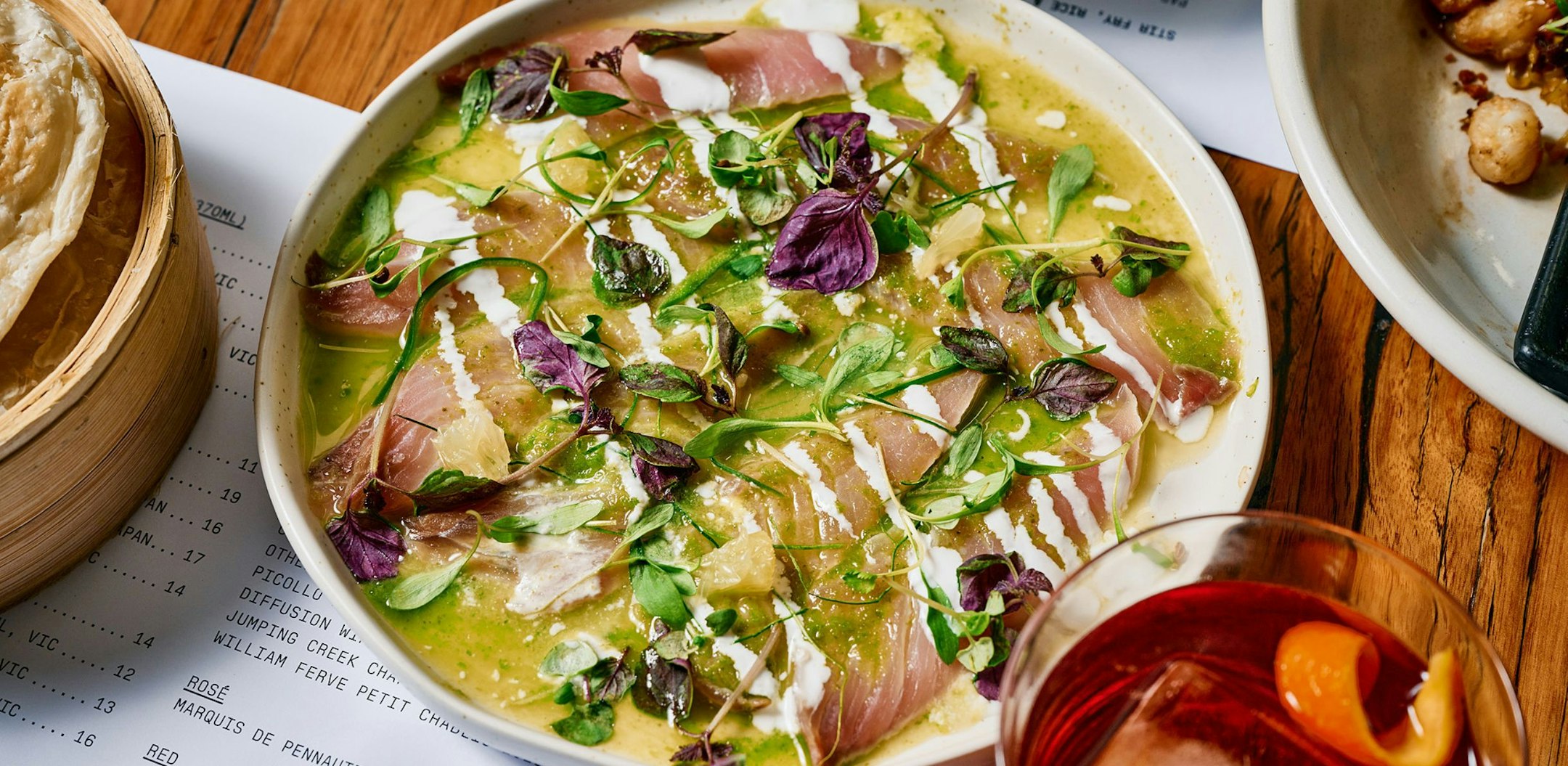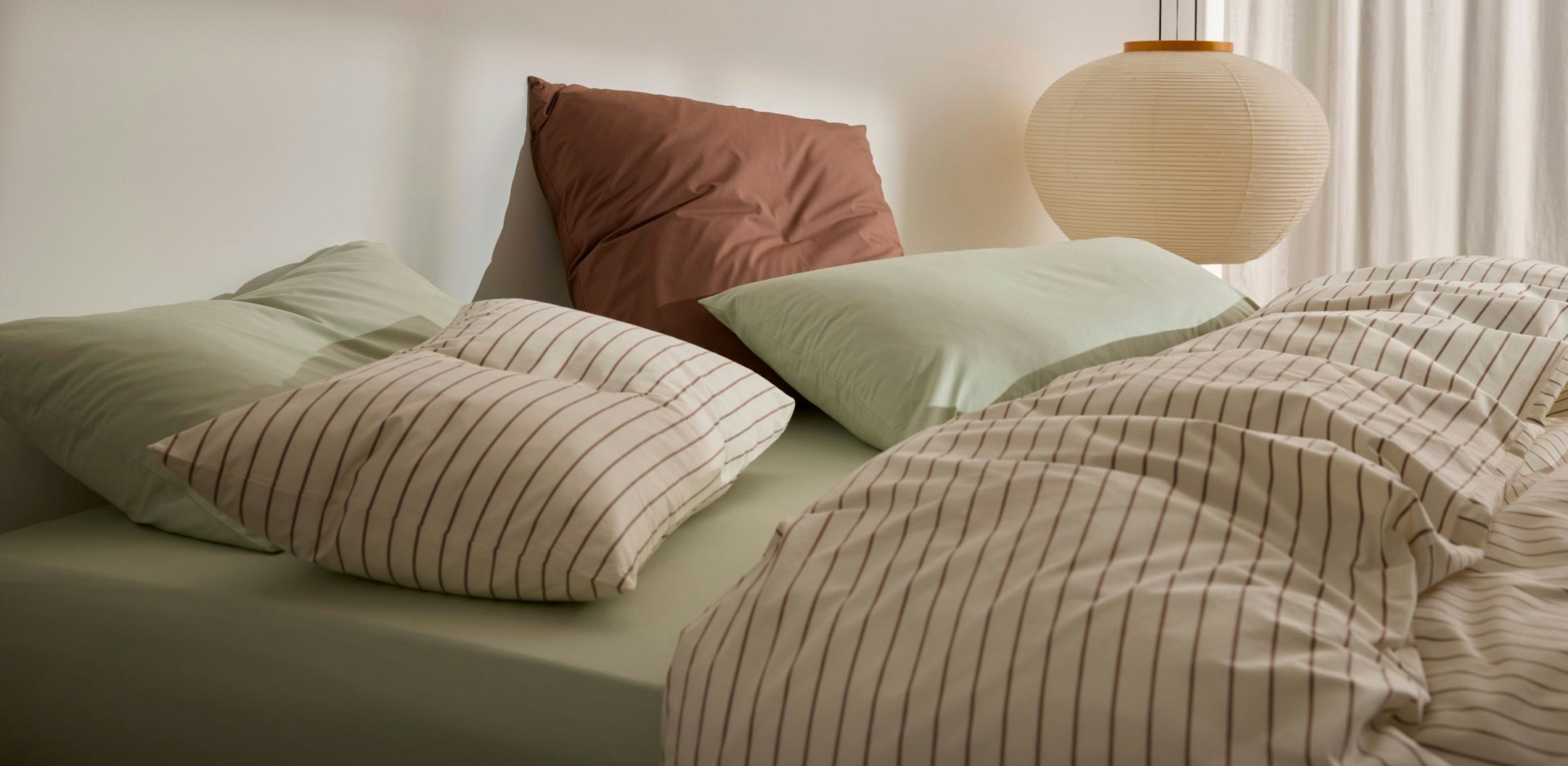This week, we are joined by prominent Australian interior designer, Darren Palmer. Renowned for his accessible luxury approach and diverse industry contributions, Darren offers invaluable insights into his world.
LifestyleIn conversation with Darren Palmer
Next ArticleIn conversation with Darren Palmer

A Journey into Interior Design
07 February 2024
Could you share with us how you first began your journey into interior design? What inspired you to enter this field, and what were some of the initial steps you took to establish yourself in the industry?
Ever since I understood the concept of working for a living, my aspiration was to "make houses," though I wasn’t sure what form that would take. In Gladstone (Queensland), where architecture and interior design were not typical career paths, I pursued fine art and graphic design and spent a decade in advertising and design. This led to renovating my first apartment, bought with three friends, a project that got featured in Belle’s renovation issue and showcased my skills to a friend, resulting in a mentorship opportunity.
Gradually, I shifted my focus from graphic design to interior design, developing a portfolio that culminated in two published books and numerous other opportunities along the way.
We often see you discussing others' styles on various platforms, but how would you describe your own personal style in interior design, and how does this aesthetic influence your work across the ventures you undertake?
My own style, adaptable to the location of the home, can be overarchingly described as Australian contemporary, being definitely inspired by the colours and materials found in the Australian landscape.
I tend to gravitate toward work that allows me to creatively direct and work with external teams on larger projects, rather than individual residential homes. My most recent projects include my own home renovation, as well as a subdivision new build at my home in Bondi Beach, a multi-level apartment building in Canberra, and a luxury new home build in Miami, QLD, for the Yourtown Christmas prize home.
From your perspective, how has the interior design landscape in Australia changed and evolved throughout the years?
It’s changed dramatically. The interior design and media landscape is relatively new. Stylists, once limited to print media, now have the opportunity to self-publish on social platforms. Clients, informed and influenced by platforms like Instagram and Pinterest, expect high-quality results. Shows like 'The Block' demonstrate rapid completion times, challenging real-world client expectations. However, clients' increasing design knowledge is beneficial, reducing the gap for
effective communication of ideas. A common design language further eases the exchange of ideas between designers and clients.
Having been a key figure on 'The Block' since 2013, how has your experience as a judge on the TV show influenced your approach to interior design?
I think I strive to deliver the best work possible, but with such a high standard set on the show, I also do my best to stay true to my own style and do things that are different from what has been done on the show. There’s a lot to be said for how 'The Block' informs and educates the viewer on what is possible, and further to that, I’d like my work to be a good example to contestants on what they’re able to achieve in the homes they’re creating.
Since 2017, you have significantly expanded your brand in the design world. Can you tell us about the progression from that launch to the introduction of your newest product range?
2023 has been a big year with the launch of a rug range, an art range, and a home fragrance range, all under my own brand and available with wide distribution to an array of trusted brands in the home retail space, such as Temple and Webster, Carpet Court, OZ design furniture, Freedom, Myer, and many other retailers, both small and large, across Australia. It’s been a busy and challenging time, but ultimately very rewarding, seeing the ideas and iterations of products come together as one cohesive range designed specifically to be sustainable, eco-conscious, ethically sourced, and with the goal to democratise good design. I have created products that are either made in Australia or certified to help the communities overseas in which they’re made. The products are created, crafted, and curated to offer a whole home solution, all available at darrenpalmer.com.
Looking ahead, what emerging trends in interior design excite you the most, and how do you plan to incorporate these into your future work?
I’m not as interested in trends as I am in customer psychology. I really enjoy the data behind decisions, though it’s clear to see a few trends we’re familiar with enduring into 2024, such as modern Mediterranean, minimalism, maximalism, touch points across different eras, and reinvigorating different decades and decoration styles through a uniquely 2024 lens. We’ll see browns and ochres, terracotta, and greens continue. You’ll likely not see much of cool greys. We will see Pantone’s colour of the year “Peach Fuzz” influence the hues and tones of colours accompanying its use, and we’re likely to see bouclé replaced by wide thick corduroy and fuzzy occasional furniture with the texture of shag pile rugs.
For those embarking on a build or renovation project, what key piece of advice would you offer to help them navigate the process successfully and achieve their design goals?
Set a brief outlining your objectives, inclusions, exclusions, budget, timeframe, and scope of works, and adhere to it. Compile a visual reference that aligns with your objectives, creating a palette of colours and a suite of inclusions to aid in decision-making. Stick to your reference and brief, especially regarding the scope of works, to avoid budget blowouts.
Understanding your budget depends on your project's location and the due diligence you perform on that market. Assess the property's current value and its potential market value, considering holding costs, development costs, and consultant fees to determine your spending limit. Research the desired amenities and inclusions for buyers in your market, ensuring the costs allow for the intended works and profit, or at least avoid overcapitalisation if profit isn't your goal, as you may need to sell the property unexpectedly.
To shop the Darren Palmer Collections, visit https://darrenpalmer.com/



